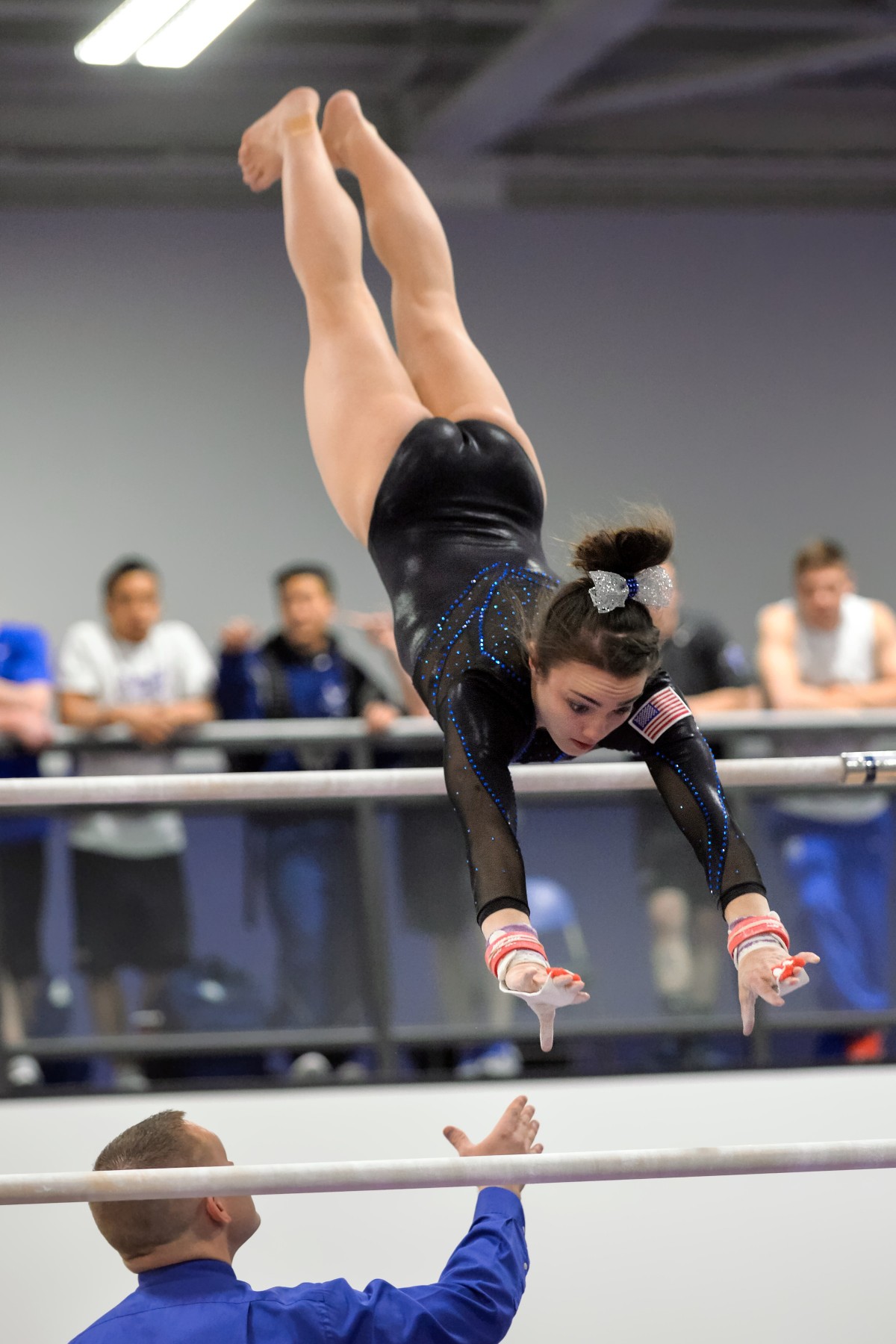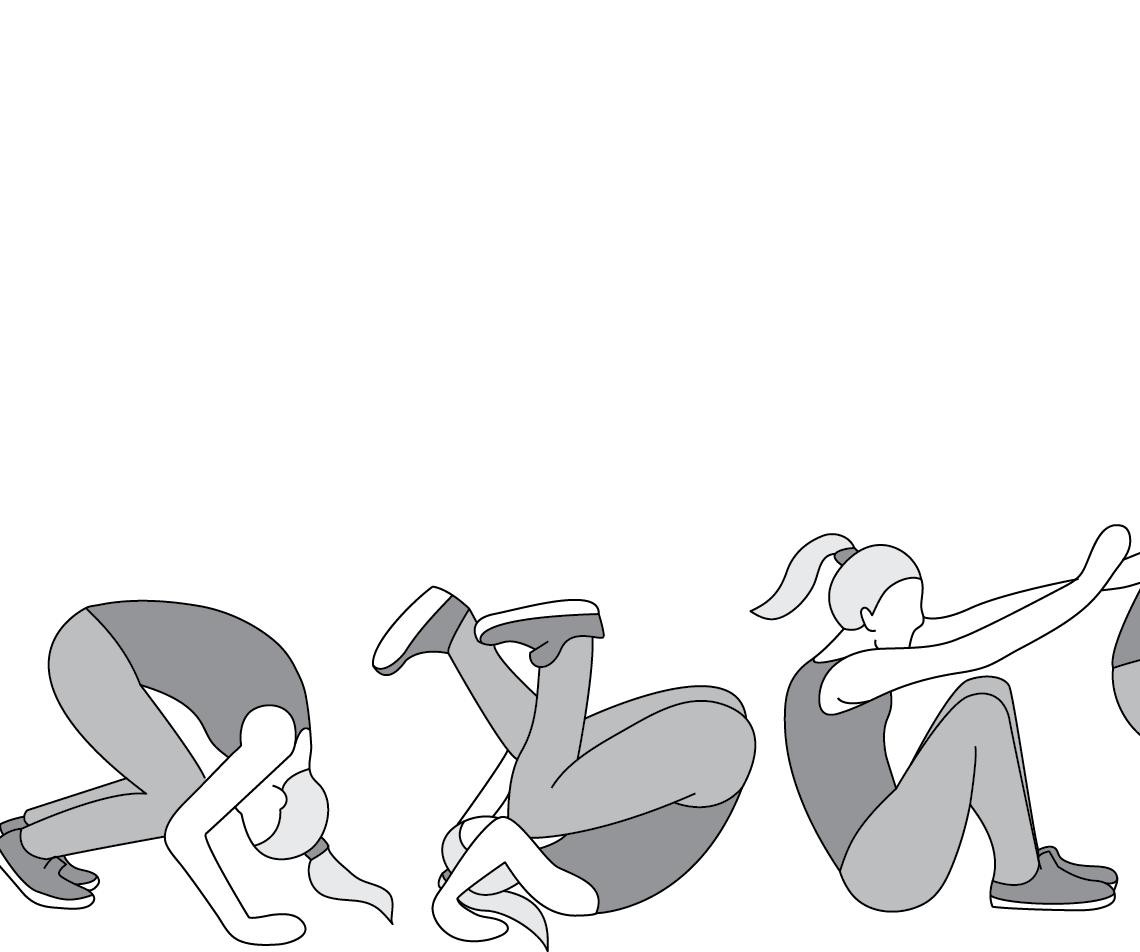I. Introduction

A. Importance of Fitness in Today’s Lifestyle
In today’s fast-paced and sedentary lifestyle, maintaining good physical fitness has become more important than ever. Regular exercise not only helps in managing weight but also plays a crucial role in preventing chronic diseases such as heart disease, diabetes, and certain types of cancer. Additionally, exercise is known to improve mental health by reducing stress and anxiety levels while boosting self-confidence and overall well-being.
B. Exploring the Somersault as a Fun and Effective Exercise
While there are countless exercises and workout routines available, it’s important to find activities that are both enjoyable and effective to sustain long-term fitness. One such exercise that perfectly combines fun and effectiveness is the somersault. This seemingly simple exercise not only helps in building strength and flexibility but also provides mental and emotional benefits.
II. Understanding the Somersault as an Exercise

A. What is a Somersault? Definition and Proper Technique
A somersault is a gymnastic move that involves rolling the body forwards or backwards in a complete revolution, with the feet passing over the head and returning to the upright position. It is a fundamental tumbling skill that can be performed on various surfaces such as the ground, a mat, or even in water.
To perform a somersault correctly, one must start in a squat position with the feet shoulder-width apart. From there, the individual should tuck their chin to their chest, roll their body forward, and push off the ground with their hands. The momentum generated allows the person to rotate their body fully, bringing their feet back down to the ground in an upright position.
Different Variations and Difficulty Levels
The somersault can be modified and progressed to accommodate various fitness levels and goals. For beginners, a forward roll or forward tuck roll is an ideal starting point. As one becomes more comfortable and confident, they can progress to a backward roll or even more advanced variations such as the aerial somersault or twisting somersault.
B. Physical Benefits of Somersaults

- Core Strengthening and Stability The somersault exercise activates and strengthens the core muscles, which include the abdominal muscles, obliques, and lower back. These muscles play a crucial role in maintaining stability, balance, and posture.
- Improved Flexibility and Body Control Regularly performing somersaults helps to improve overall flexibility, particularly in the spine and shoulder joints. It also enhances body awareness and control, as individuals learn to coordinate their movements and maintain alignment during the roll.
- Development of Coordination and Balance Somersaults require precise coordination and balance between the upper and lower body. This exercise trains individuals to synchronize their movements and maintain proper alignment, leading to improved body control and physical coordination.
C. Mental and Emotional Benefits of Somersaults
- Boosting Self-Confidence and Body Awareness Mastering the somersault can be a challenging task, particularly for beginners. However, with practice and perseverance, individuals can build their confidence as they overcome their fears and improve their skills. This sense of accomplishment boosts self-confidence and body awareness.
- Fostering Courage and Overcoming Fear Somersaults require individuals to overcome their fear of rolling and tumbling. By confronting and conquering this fear, individuals develop courage and mental resilience, which can be applied to other aspects of their lives outside of fitness.
III. Somersault Training and Safety Precautions:
A. Warm-up Exercises for Flexibility and Mobility:

Before attempting somersaults, it is crucial to warm up your body to prevent any muscle strains or injuries. Include exercises like stretching, joint mobilization, and dynamic movements to increase flexibility and mobility.
B. Progression and Gradual Difficulty Increase:
Start with basic somersault progressions, such as forward rolls, backward rolls, and barrel rolls, to gradually build strength and coordination. As you become more comfortable and confident, challenge yourself with more complex variations like dive rolls or twisting somersaults.
C. Importance of Proper Landing Techniques and Safety Measures:
Learning how to land safely after a somersault is essential to avoid injuries. Practice proper landing techniques, such as tucking your chin to protect your neck and keeping your body relaxed to absorb the impact. Additionally, ensure a safe environment by practicing on a soft surface like a gymnastics mat or grass.
IV. Incorporating Somersaults into Fitness Routines:
A. Integrating Somersaults into Home Workouts: You don’t need expensive equipment or a large space to incorporate somersaults into your home workouts. Include exercises like somersault burpees or somersault planks to elevate your heart rate and engage your core muscles.
B. Group Fitness Classes that Include Somersault Training: Joining a group fitness class that incorporates somersault training can be a great way to learn and challenge yourself in a supportive environment. Look for classes like acro yoga, gymnastics, or parkour that focus on acrobatic movements.
C. Outdoor Activities and Adventure Sports that Utilize Somersaults: Take your somersault skills to the great outdoors by participating in activities like trampolining, bungee jumping, or aerial silks. These activities not only provide an adrenaline rush but also allow you to showcase your somersault techniques in a thrilling setting.
V. Somersaults for All Ages and Fitness Levels:

A. Modifying the Somersault for Beginners and Older Adults: If you are new to somersaults or have limited mobility, there are modifications you can make to make the move more accessible. Try assisted somersaults using a spotter or focus on partial rotations before attempting full somersaults. Older adults can also benefit from practicing simpler variations that promote mobility and balance.
B. Advanced Somersault Techniques for Fitness Enthusiasts: For those looking to push their limits, advanced somersault techniques like backflips, front flips, or aerial somersaults provide an exciting challenge. It is vital to train with a professional coach, follow a gradual progression, and always prioritize safety.
C. Safety Considerations and Appropriate Progression for Children: Children should always be supervised by an adult when attempting somersaults. Ensure age-appropriate progressions and focus on developing coordination, balance, and strength through games and supervised play. Safety mats and appropriate spotting techniques should be used to minimize the risk of injury.
Conclusion:
Somersaults are a thrilling addition to any fitness routine, providing an opportunity to improve flexibility, coordination, and overall athleticism. By following proper training techniques, incorporating safety measures, and gradually progressing in difficulty, individuals of all ages and fitness levels can safely master this acrobatic move. So, get ready to flip, twist, and soar your way to a more exciting and challenging fitness journey.
